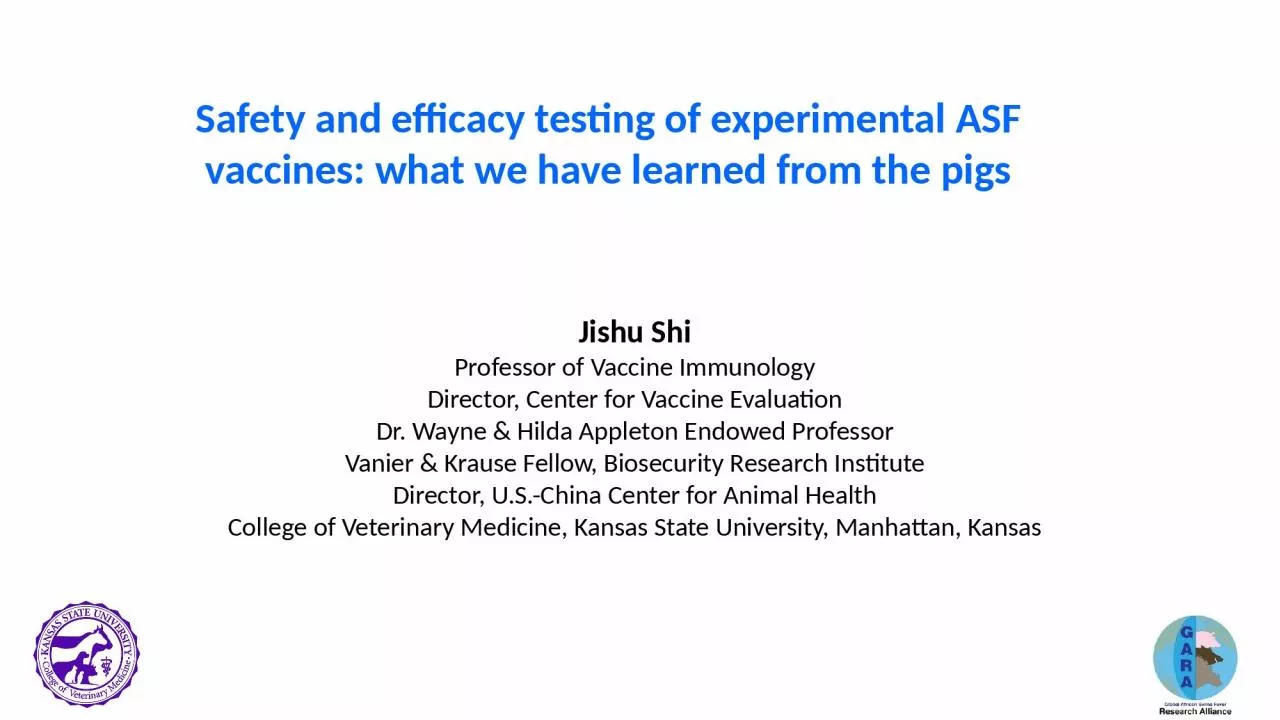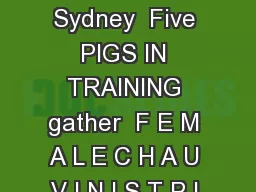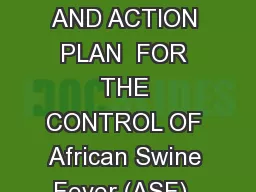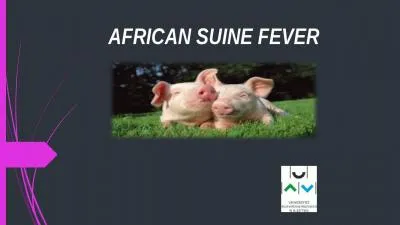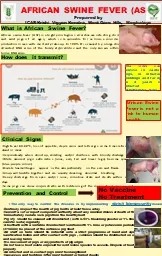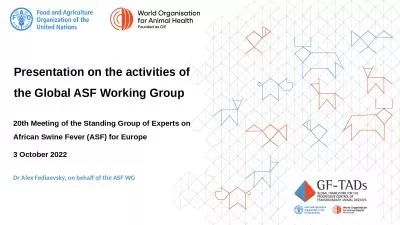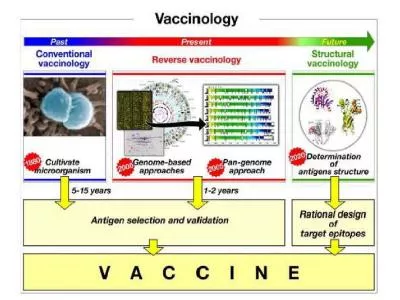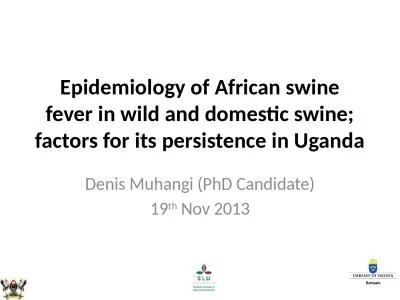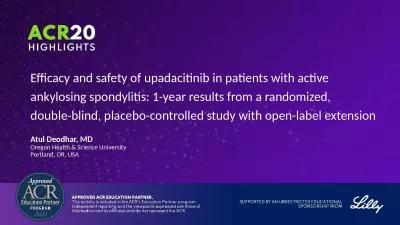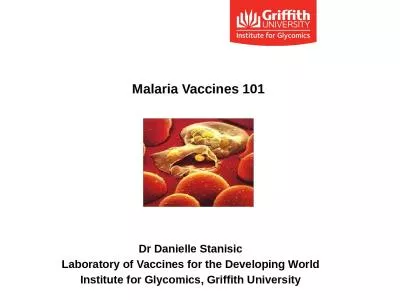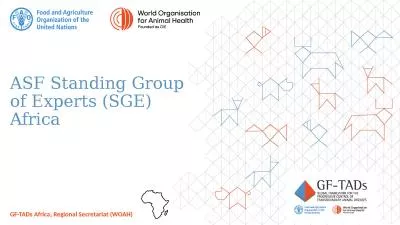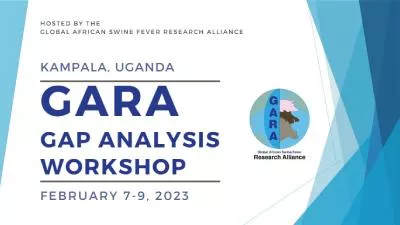PPT-Safety and efficacy testing of experimental ASF vaccines: what we have learned from the
Author : okelly | Published Date : 2024-03-13
Jishu Shi Professor of Vaccine Immunology Director Center for Vaccine Evaluation Dr Wayne amp Hilda Appleton Endowed Professor Vanier amp Krause Fellow Biosecurity
Presentation Embed Code
Download Presentation
Download Presentation The PPT/PDF document "Safety and efficacy testing of experimen..." is the property of its rightful owner. Permission is granted to download and print the materials on this website for personal, non-commercial use only, and to display it on your personal computer provided you do not modify the materials and that you retain all copyright notices contained in the materials. By downloading content from our website, you accept the terms of this agreement.
Safety and efficacy testing of experimental ASF vaccines: what we have learned from the: Transcript
Download Rules Of Document
"Safety and efficacy testing of experimental ASF vaccines: what we have learned from the"The content belongs to its owner. You may download and print it for personal use, without modification, and keep all copyright notices. By downloading, you agree to these terms.
Related Documents

